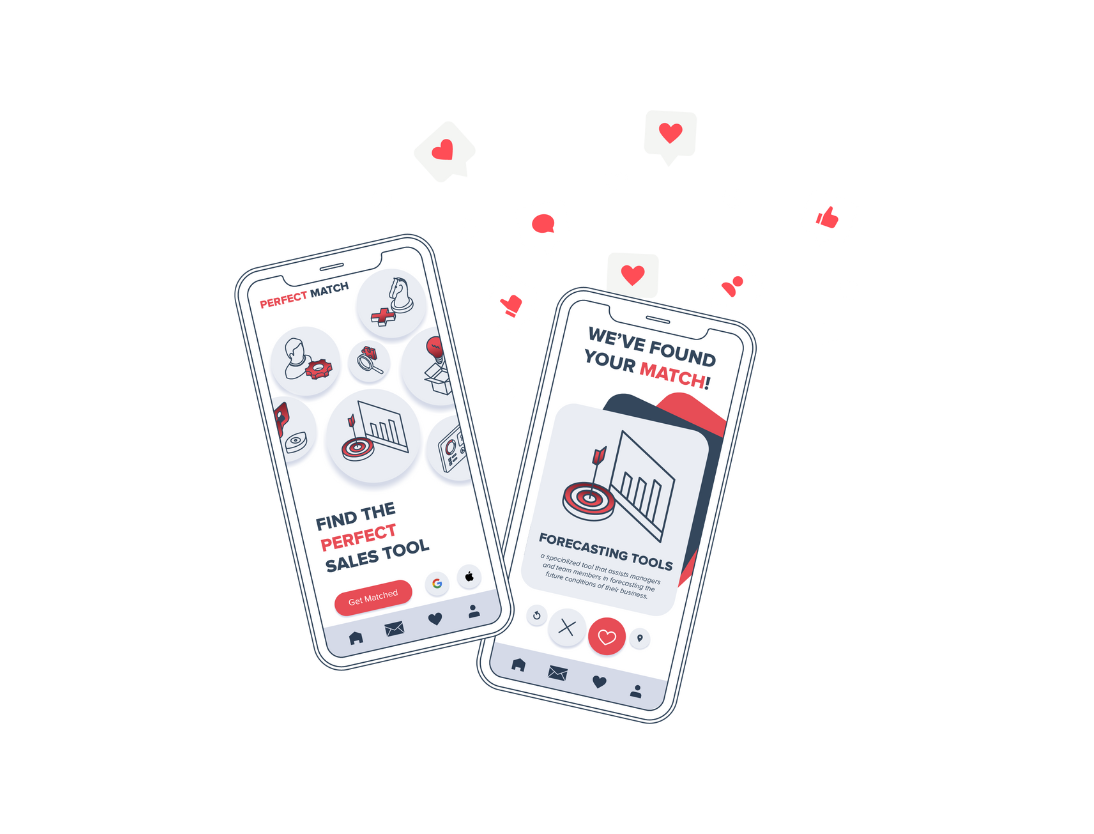Customer-centricity needs to be embedded into each and every one of your departments, not just your client services team. So, although marketing is only one piece in a very large puzzle, in this blog we dig into how you can create a customer-centric marketing department.
Customer centricity is no longer a nice-to-have. It’s a necessity. More and more businesses are realising that as important as customer-centricity is to each touchpoint customers have with your business, it’s equally as important that every person in your organisation has a mindset of putting the customer experience first, and thinking like the customer. Why? Because customer experience is the new differentiator. According to Forbes, companies with a customer-centric mindset drive revenue 4-8% higher than the rest of their industries, and 84% of companies that improve their customer experience report an increase in their revenue.
Customer-centric marketing
Marketers know that we need to place the customer experience at the core of everything we do, and here at Huble Digital, it’s something that is a part of our core values. We believe passionately that businesses that put the needs of their customers first are more successful than those that focus on products or processes.
Customer-first content
Customer-centric content marketing means putting the priorities and needs of your customers at the centre of your content strategy. The primary goal of your content should be to engage your target audience, not to sell your products or services. You’re aiming to provide value and build trust - not distribute sales collateral.
Another sure-fire way to ensure your content is putting the customer first is to release it in various formats. This way, those who want to read get text, those who prefer to listen get a podcast, and those of us who are more visual can consume an infographic or a slide deck.
If you’re a fan of audio content, you might enjoy our Digital Surfing podcast: https://www.hubledigital.com/digital-surfing-podcast
Personalisation
Taking your content to the next level with personalisation is one of the most customer-centric marketing tactics there is. It’s no wonder this Ascend.2 Survey revealed that personalising the customer experience is a top priority for 70% of data-driven marketing strategies.
True personalisation means keeping track of a customer's relationship with your business and serving them timely, relevant messages that are suited to their needs and interests. Examples of personalised marketing include:
-
An offer that fits a contact’s need depending on where they are in their customer journey
-
Emailing relevant content to a contact-dependent on their activity on your website
-
Removing or adding form fields depending on what information you already have about a contact
-
Using smart content to include someone’s industry in your case studies or on your “what we do” pages
Check out this blog on Why your CRM is critical to marketing success
Reviews
The way B2B buyers identify, evaluate and select suppliers is changing. A survey by Forrester uncovered that 84% of B2B buyers are now starting the purchasing process with a referral, and peer recommendations influence more than 90% of all B2B buying decisions.
What’s more, a HubSpot study found that only 3% of people consider salespeople and marketers as trustworthy. So who do they trust? Other customers, of course. In today’s age, the customer gets to control a lot of your company’s marketing through reviews - reviewing your service, your products, and even you as an employer.
This is perhaps the most customer-centric form of marketing, as it’s done by your customers themselves, so it should be a huge focus for your marketing team. It’s important to ensure that you’re monitoring and responding to each and every positive or negative review or piece of feedback you receive from a customer. This is how you show that you care - this is how you remain truly customer-centric.
So, based on the above, how customer-centric do you think your marketing is? What is standing in the way of your marketing being more customer-centric? Is it resource, technology, process, all three perhaps?
If you’d like to check out more resources around all things marketing, check out our Huble Digital blog page, or if you'd like to get in touch about how we can assist with your marketing, feel free to get in touch with us.
.png)












